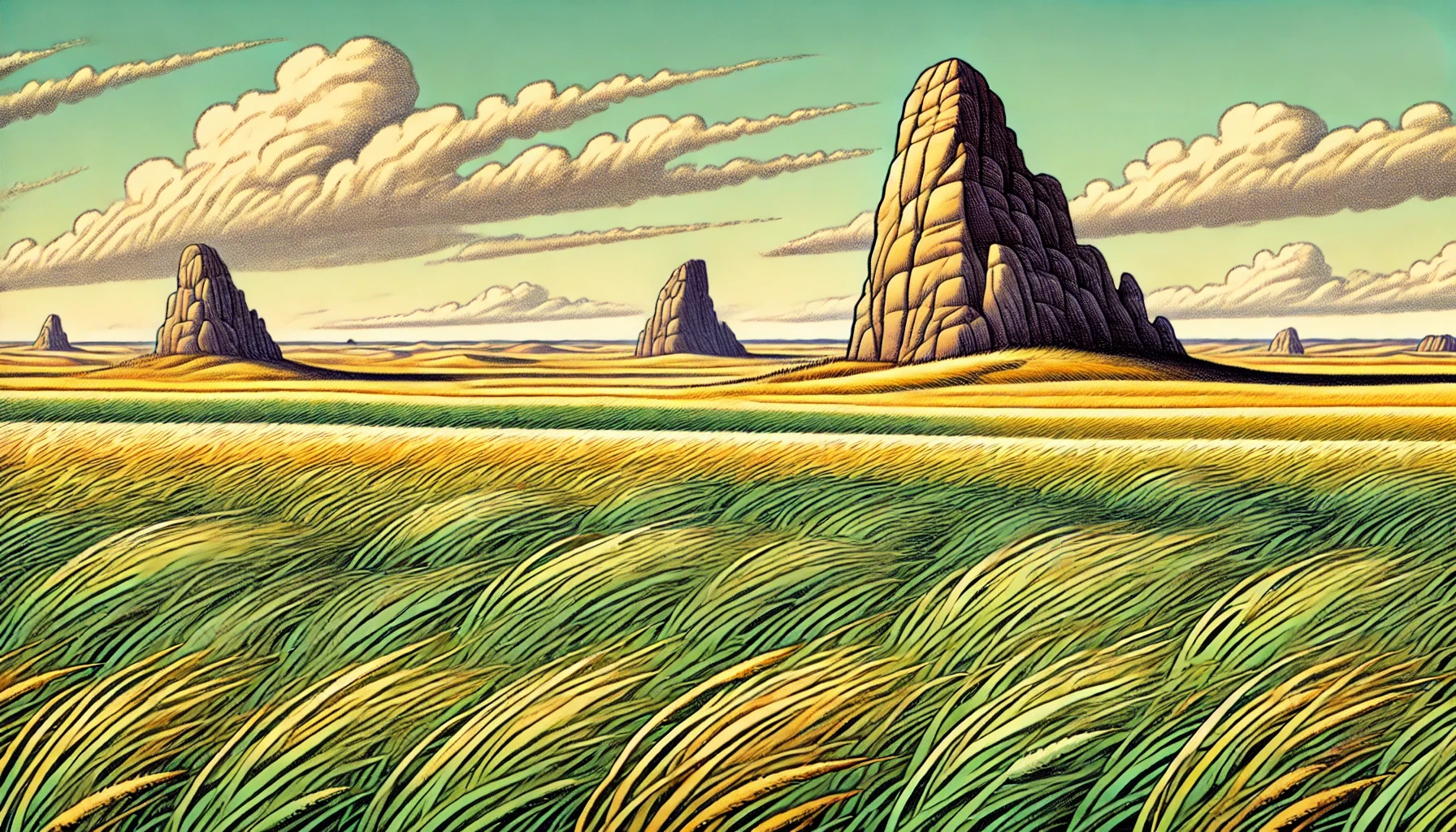Traveling Through Nebraska: Whooping Crane Migration

The whooping crane migration is one of North America's most spectacular natural wonders, with the majestic birds making their way through the Great Plains region, including Nebraska, each spring and fall. The species, known scientifically as Grus americana, is one of the rarest birds in the world and is found only in North America. As part of their annual migration, the whooping cranes travel from their breeding grounds in Wood Buffalo National Park, located in Alberta and the Northwest Territories of Canada, to their wintering grounds in Aransas National Wildlife Refuge, located near Rockport, Texas.
The whooping crane migration route spans over 2,500 miles, with the birds making stops at various key locations along the way to rest and refuel. Nebraska's Platte River Valley is one of the most important stopover points for the whooping cranes, with the birds gathering in large numbers to feed on aquatic vegetation and grains. The Platte River, which flows through the city of Kearney, provides a critical habitat for the cranes, with the shallow waters and wet meadows offering a perfect environment for the birds to rest and replenish their energy reserves.
During their migration, the whooping cranes also face various threats, including habitat loss, climate change, and human disturbance. As a result, conservation efforts are in place to protect the species and their habitats. In Nebraska, the Platte River Recovery Implementation Program, a partnership between state and federal agencies, works to protect and restore habitats for the whooping cranes and other migratory birds. Additionally, the Rowe Sanctuary, located in Gibbon, Nebraska, offers a chance for visitors to observe the whooping cranes up close, while supporting conservation efforts.
One of the most fascinating aspects of the whooping crane migration is their unique behavior and social structure. The cranes are known to form long-term monogamous relationships, with pairs staying together for many years. During their migration, the cranes also engage in complex communication behaviors, using vocalizations and visual displays to convey information and coordinate their movements. In Nebraska, observers have documented instances of whooping cranes gathering in large groups, with the birds interacting and socializing with each other before continuing their journey.
The conservation of whooping cranes has been a collaborative effort, with scientists, researchers, and conservationists working together to protect the species. The Patuxent Research Refuge in Maryland, for example, has played a critical role in captive breeding programs for whooping cranes, helping to increase the population and reduce the risk of extinction. In Nebraska, researchers from the University of Nebraska-Lincoln have studied the behavior and ecology of whooping cranes, providing valuable insights into the species' migration patterns and habitat needs.
In recent years, efforts have been made to reintroduce whooping cranes to new habitats and migration routes. The Operation Migration program, for example, has introduced captive-bred cranes into the wild, teaching them to migrate with the aid of ultralight aircraft. While these efforts have shown promise, the long-term success of the program remains uncertain, highlighting the ongoing challenges and complexities of conserving this iconic species.
The whooping crane migration is a remarkable spectacle that showcases the resilience and adaptability of these magnificent birds. As Nebraska continues to play a critical role in the conservation of this species, the state remains a vital stopover point for the cranes, providing a critical link between their breeding and wintering grounds.
The whooping crane migration is an awe-inspiring display of natural beauty, highlighting the importance of conservation and protecting our planet's precious wildlife.
The whooping crane migration route spans over 2,500 miles, with the birds making stops at various key locations along the way to rest and refuel. Nebraska's Platte River Valley is one of the most important stopover points for the whooping cranes, with the birds gathering in large numbers to feed on aquatic vegetation and grains. The Platte River, which flows through the city of Kearney, provides a critical habitat for the cranes, with the shallow waters and wet meadows offering a perfect environment for the birds to rest and replenish their energy reserves.
During their migration, the whooping cranes also face various threats, including habitat loss, climate change, and human disturbance. As a result, conservation efforts are in place to protect the species and their habitats. In Nebraska, the Platte River Recovery Implementation Program, a partnership between state and federal agencies, works to protect and restore habitats for the whooping cranes and other migratory birds. Additionally, the Rowe Sanctuary, located in Gibbon, Nebraska, offers a chance for visitors to observe the whooping cranes up close, while supporting conservation efforts.
One of the most fascinating aspects of the whooping crane migration is their unique behavior and social structure. The cranes are known to form long-term monogamous relationships, with pairs staying together for many years. During their migration, the cranes also engage in complex communication behaviors, using vocalizations and visual displays to convey information and coordinate their movements. In Nebraska, observers have documented instances of whooping cranes gathering in large groups, with the birds interacting and socializing with each other before continuing their journey.
The conservation of whooping cranes has been a collaborative effort, with scientists, researchers, and conservationists working together to protect the species. The Patuxent Research Refuge in Maryland, for example, has played a critical role in captive breeding programs for whooping cranes, helping to increase the population and reduce the risk of extinction. In Nebraska, researchers from the University of Nebraska-Lincoln have studied the behavior and ecology of whooping cranes, providing valuable insights into the species' migration patterns and habitat needs.
In recent years, efforts have been made to reintroduce whooping cranes to new habitats and migration routes. The Operation Migration program, for example, has introduced captive-bred cranes into the wild, teaching them to migrate with the aid of ultralight aircraft. While these efforts have shown promise, the long-term success of the program remains uncertain, highlighting the ongoing challenges and complexities of conserving this iconic species.
The whooping crane migration is a remarkable spectacle that showcases the resilience and adaptability of these magnificent birds. As Nebraska continues to play a critical role in the conservation of this species, the state remains a vital stopover point for the cranes, providing a critical link between their breeding and wintering grounds.
The whooping crane migration is an awe-inspiring display of natural beauty, highlighting the importance of conservation and protecting our planet's precious wildlife.
